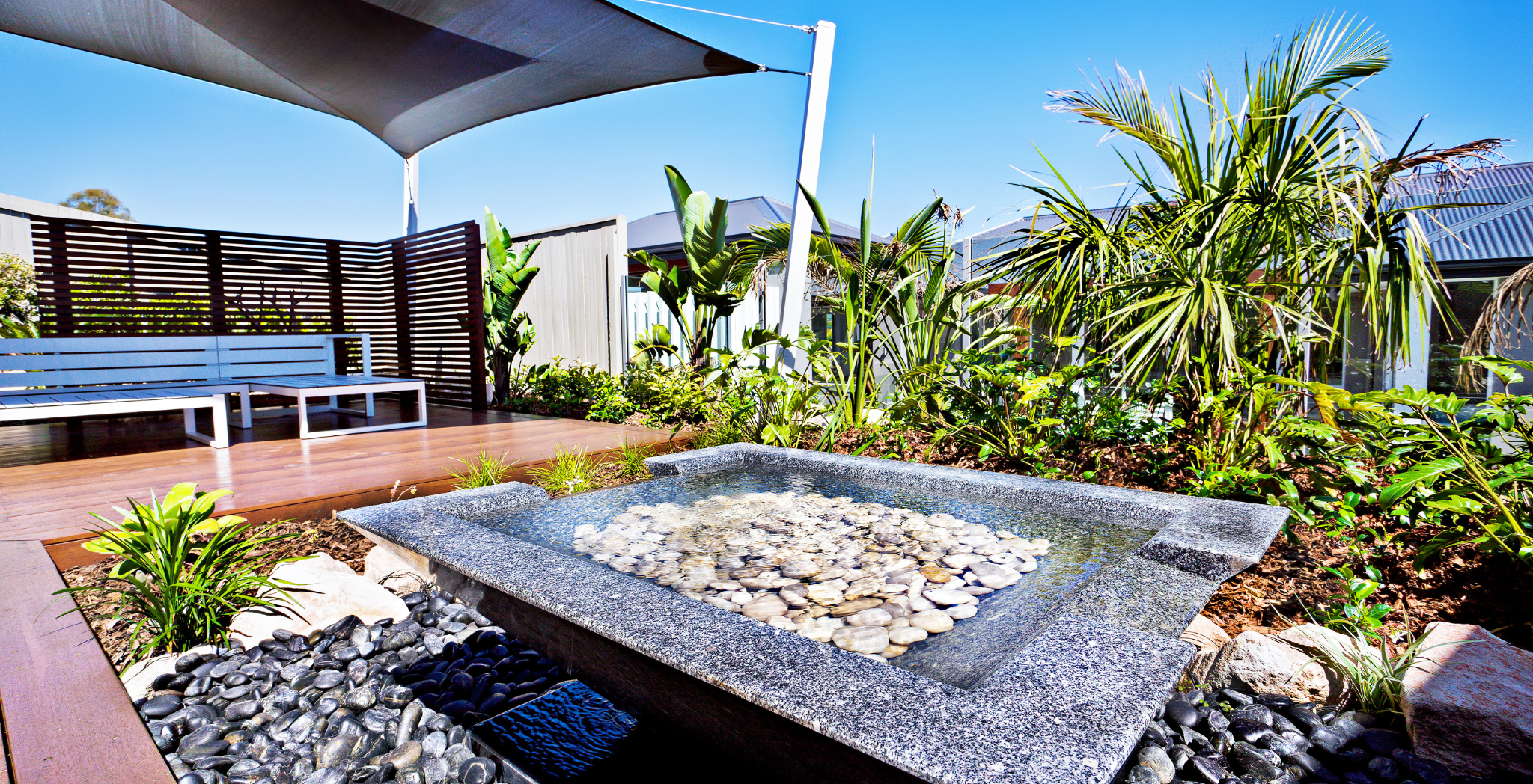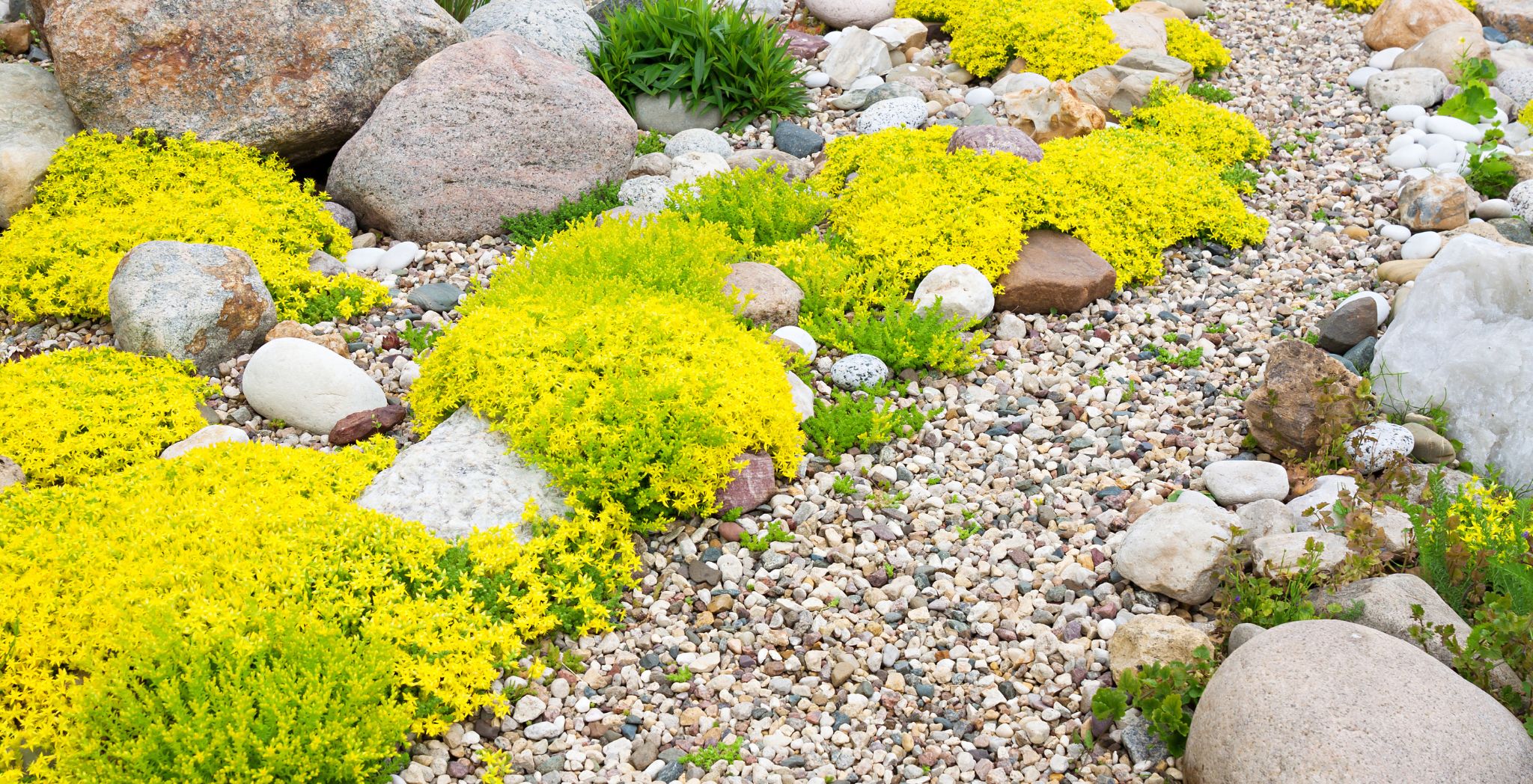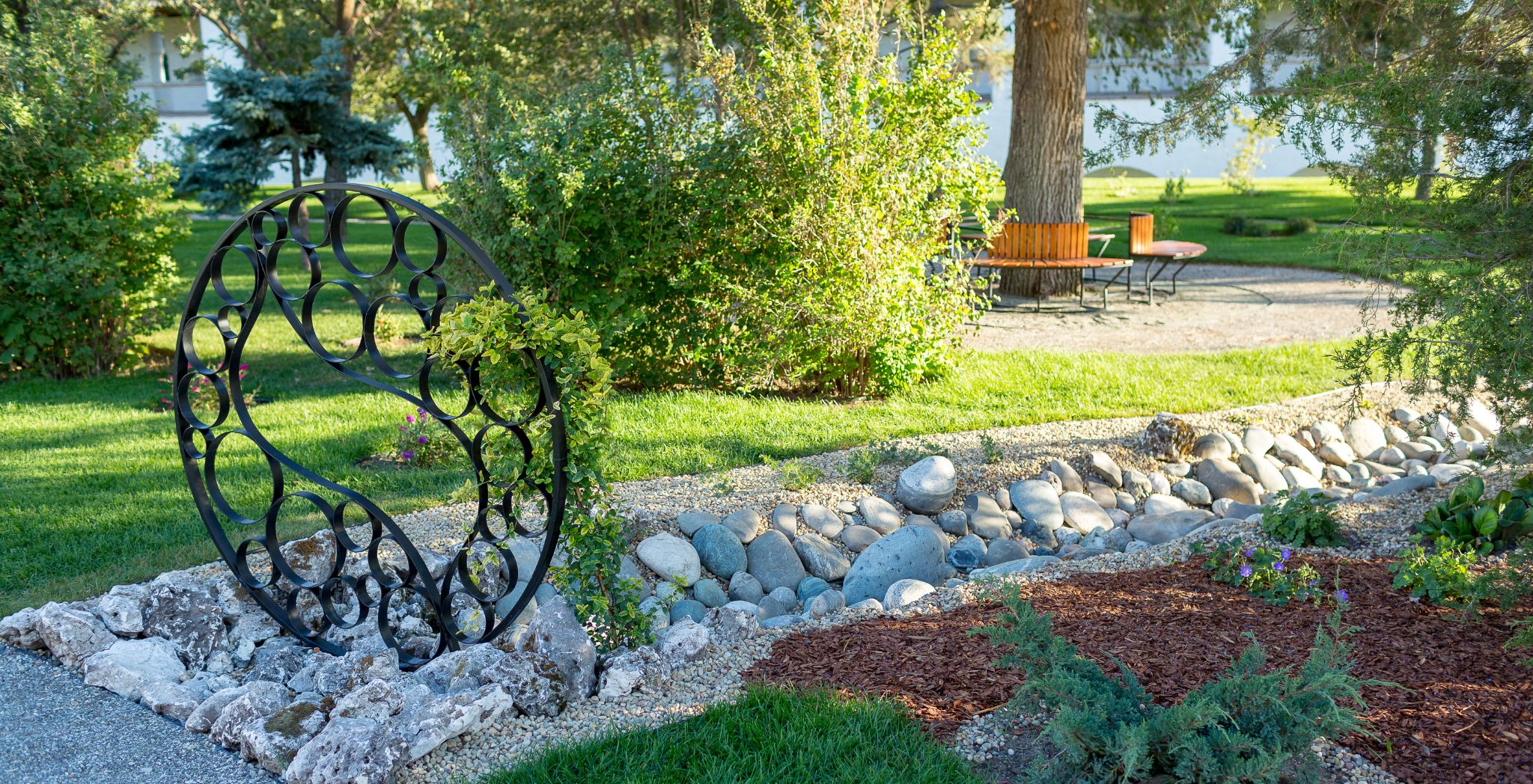Landscaping rocks add beauty and interest to any outdoor space. They come in a variety of colors, shapes, and sizes, which can make it challenging to choose the right ones for your project.
Whether you are creating a rock garden, lining a pathway, or building a retaining wall, selecting the best rock for landscaping is critical to the success of your project. In this blog, we’ll share some tips on how to choose the best rock for landscaping for your project.
Determine the Purpose of the Rocks

Rocks are an important part of the natural environment. They have many purposes, from providing shelter to providing resources for construction. Determining the purpose of rocks can help us understand the environment and how it functions.
The first step in determining the purpose of rocks is to identify the type of rock. This can be done by examining physical characteristics such as color, texture, and composition.
Different types of rocks can have different purposes. For example, sedimentary rocks are formed from the deposition of sediment over time and can be used to study the history of the Earth The second step is to observe how the rock is being used.
Rocks can be used for construction, landscaping, or to create sculptures or artwork. Observing how the rock is being used can give clues as to its purpose The third step is to consider the environment that the rock is in.
Rocks in different environments can have different purposes. For example, rocks in a desert environment are often used to retain moisture and provide shelter for animals.
Finally, consider the history of the rock. Understanding the history of a rock can provide clues as to its purpose. For example, a rock that has been moved from its original location may have been used for a specific purpose.
1. Consider the Size of the Rocks
What size rock is best for landscaping can vary greatly and range from microscopic grains to boulders weighing hundreds of tons. Rocks form from the cooling and solidification of molten magma and lava, the accumulation of sedimentary particles, or the metamorphism of existing rock.
The size of the resulting rocks depends on the composition, temperature, and rate of cooling of the molten material, the amount of pressure applied, and the amount of time it takes for the rock to form.
Rocks can be found in many different shapes and sizes, from very small pebbles to massive boulders. The size of a rock can be determined by measuring its diameter, length, width, and depth. Rocks can also be classified according to their size; for example, pebbles are small rocks that are usually less than two inches in diameter, while boulders are large rocks that can weigh hundreds of tons.
The size of a rock can affect its properties and use; for example, large rocks are often used in construction while smaller rocks can be used as gravel or in landscaping.
2. Choose the Right Color

Choosing the right colour for your project or product can be a daunting task. It’s important to consider the emotional impact of colour in order to create the desired effect and attract the right audience.
Different colours evoke different emotions and associations. For example, blue is often associated with calmness and trustworthiness, while yellow is associated with energy and warmth.
It’s also important to consider the context in which the colour will be used. Bright, vibrant colours can be great for a website but may not be appropriate for a professional document. Furthermore, certain colours may be associated with certain industries or cultures, so it’s important to consider the target audience when selecting a colour.
By considering the emotional impact, context and target audience, you can ensure that the right colour is chosen for your project.
3. Consider the Shape of the Rocks
The shape of rocks is an important factor in determining their characteristics. Rocks can be classified into three main categories based on their shape, which are: rounded, angular, and platy. Rounded rocks have been worn down over time and are rounded in shape.
Angular rocks have sharp edges and are usually formed from sedimentary deposits. Platy rocks are flat and have a layered structure.
The shape of a rock can tell us a lot about the environment it was formed in, its composition, and the forces that have acted on it over time. For example, rounded rocks are often found in areas of erosion, where wind and water have eroded away their sharp edges.
Angular rocks are most commonly found in sedimentary deposits, indicating that they have been subjected to forces such as tectonic movement.
Platy rocks are usually formed due to a process called foliation, which occurs when magma is cooled slowly and the rock layers form a flat shape. Knowing the shape of a rock can help us understand its formation and characteristics.
4. Look for Quality

When it comes to purchasing anything, it is important to look for quality. Quality means that you are getting something that is well-made, reliable, and will last a long time. It is better to spend a bit more money to get something that is of higher quality and will last longer than to buy a cheaper item that will need to be replaced soon.
Quality also means that you are getting something that is safe and that meets the standards for the product. When looking for quality, make sure to read reviews and do research on the products you are considering.
This will help you to make an informed decision and ensure that you are getting the best product for your money. Quality should never be compromised when making a purchase, so always make sure to look for quality.
5. Think about Accessibility

Accessibility of landscape rock is an important factor to consider when selecting the best rock for landscaping. Landscape rock can provide a variety of colors and textures, making it a popular choice for homeowners.
However, it is important to ensure that the rock is accessible for all users. This means selecting a rock that is not too large or too heavy and that can be easily moved. It also means ensuring that the rock is not too slippery or too sharp as this can pose a safety hazard.
Additionally, the rock should be placed in such a way that it is easily visible and not a tripping hazard. The best rock to use for landscaping should also be chosen with consideration to the climate, as certain types of rock may not be suitable for extreme temperatures.
By carefully considering these factors, homeowners can ensure that their landscape rock is an asset to their property instead of a liability. In conclusion, choosing the best rock to use for landscaping is critical to the success of your outdoor space.
By considering the purpose, size, color, shape, quality, and accessibility of the rocks, you can create a beautiful and functional outdoor space that will last for years to come.
With a little planning and consideration, you can choose the perfect landscaping rocks for your project and for that you should find the best place to buy landscape rocks and create an outdoor space that you’ll love.




